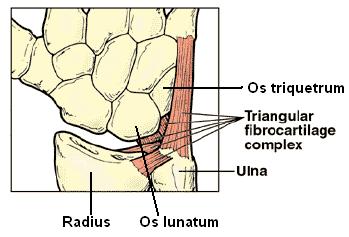Straight Neck Syndrome
Straight neck syndrome, also known as military neck, is a condition characterized by the loss of normal cervical lordosis. This is the natural inward curvature of the neck that helps support the head and maintain proper alignment of the spine.Read more about Straight Neck Syndrome
